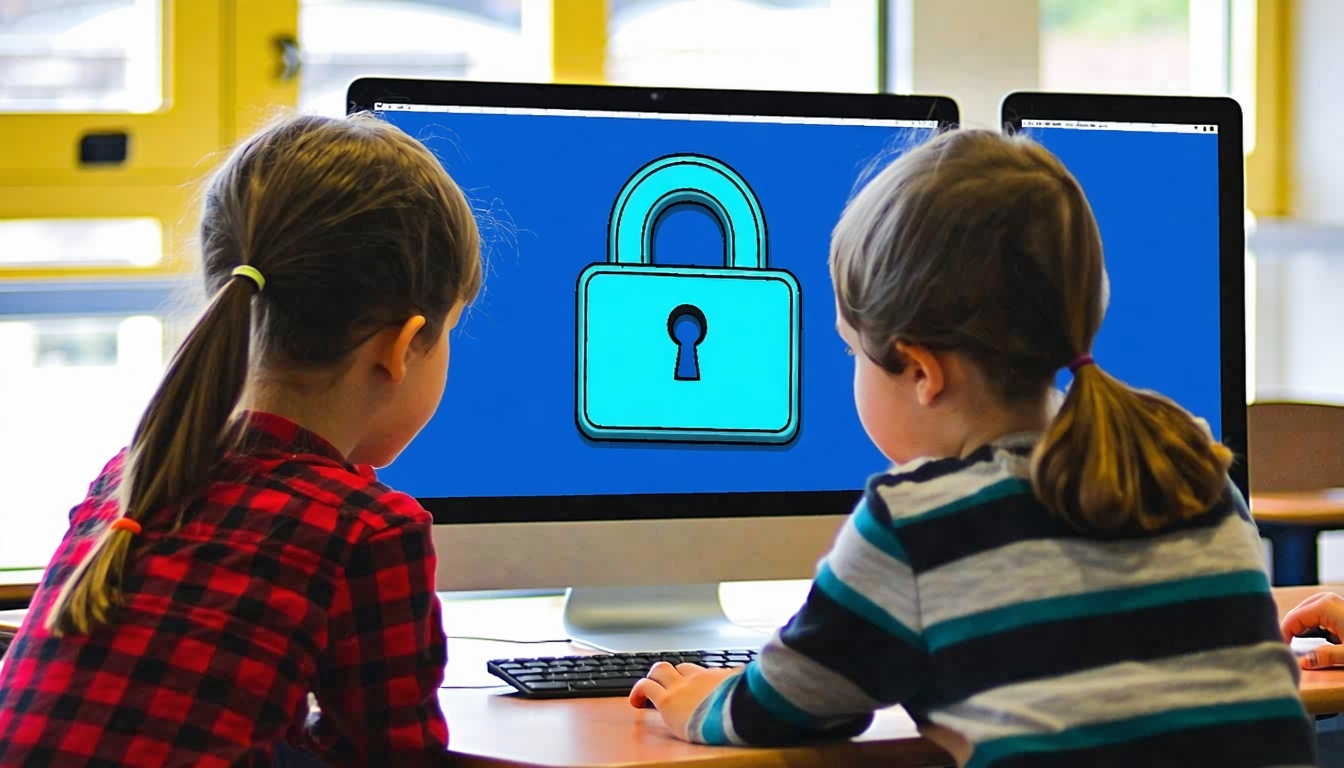How Schools Can Prepare for the Next Big Tech Disruption in Education
The article emphasizes the importance of schools preparing for future technological disruptions in education. It suggests that investing in...
You must be logged in to the LATechNet portal to view additional resources.
3 min read
 Aria - LATechNet Team
:
Apr 14, 2025 6:03:26 AM
Aria - LATechNet Team
:
Apr 14, 2025 6:03:26 AM

Digital equity means that everyone, no matter their background or where they live, has reliable and affordable access to the internet, as well as the skills needed to use it effectively. Ensuring digital equity is important because it allows all students to participate fully in education and sets them up to thrive in our increasingly connected society. Without reliable internet, students risk falling behind academically and missing out on many opportunities to learn and grow (National Forum on Education Statistics).
Sadly, there's still a big gap in internet access—known as the digital divide—that separates communities. For example, low-income families and students from communities of color often experience lower rates of reliable internet access at home. According to recent research, about 30% of students from lower-income households lack high-speed internet, compared to just 10% from wealthier homes (PPIC). Rural communities also struggle with connectivity due to infrastructure barriers and limited resources, highlighting the need to address these disparities urgently.
When internet access is limited, students face real challenges in keeping up academically. Imagine this: nearly one in five teenagers can't complete their homework because their internet connection isn't strong or reliable enough. That's a significant number of students who risk falling behind their peers, all due to something beyond their control (Digital Equity Act).
But it's not just homework—limited internet also means students miss out on valuable online resources. Things like interactive tools, educational videos, and virtual classrooms are out of reach. Without these resources, students experience a gap in their learning opportunities. This disadvantage can grow over time, making it harder for them to succeed academically and reach their full potential. Reliable internet access isn't just a convenience—it's essential for equal education.
One major challenge for underserved students is limited access to devices at home. Imagine a household where multiple children share a single computer or tablet; this is the reality for about 14% of students. Such limited device availability makes it tough for these students to participate fully in online lessons and complete homework assignments, creating additional hurdles to their learning process (ACT's Center for Equity in Learning).
Additionally, the lack of reliable internet and devices disproportionately impacts minority and low-income students, amplifying existing inequities. Black, Latino, and economically disadvantaged students often face systemic barriers that limit their access to reliable internet and digital learning tools. This digital divide reinforces existing educational gaps, making it harder for these students to achieve academic success compared to their peers (PPIC).
To help every student benefit from reliable internet access, several strategies and initiatives have emerged at both national and community levels. One encouraging example is the Digital Equity Act, a policy designed specifically to close the digital divide by funding internet infrastructure and digital literacy programs. Beyond national policies, educational organizations offer valuable tools, like the Consortium for School Networking's (CoSN) Digital Equity Toolkit, which provides schools with practical resources to ensure fair access to technology.
At the local level, collaboration is key. Schools partnering with community groups, nonprofits, and private businesses can significantly boost their ability to distribute devices and enhance internet access. By working together, these community-centered partnerships create effective, sustainable solutions that make sure no student is left behind in our digital age.
Across the country, communities and school districts are finding creative and effective ways to tackle digital inequality. One inspiring example comes from Chattanooga, Tennessee, where the local government partnered with internet providers to create a city-wide fiber-optic network. This initiative, known as 'The Gig,' dramatically increased internet access, allowing thousands of students to connect reliably for schoolwork and research.
Another innovative solution emerged in rural California communities. Schools distributed mobile Wi-Fi hotspots to students, ensuring they could access online learning from home. Additionally, some districts transformed school buses into mobile internet hubs, parking them strategically in neighborhoods lacking reliable internet. Similarly, in Cleveland, Ohio, community Wi-Fi networks were established in partnership with local businesses, providing families with free, reliable internet access.
These success stories demonstrate that creative partnerships and innovative thinking can turn the challenge of digital equity into achievable solutions that support student learning.
When it comes to giving all students reliable internet access, LATechNet has educators covered. First, they offer customized IT solutions specifically for schools and districts, creating infrastructure that is carefully tailored to each institution's unique needs, ensuring reliable and fair internet access across the board.
Additionally, LATechNet provides expert consultation, guiding schools step-by-step as they build effective digital equity plans and smoothly integrate new technologies. Schools don't have to figure it out alone—LATechNet experts are there to walk alongside them.
Understanding that technology can sometimes feel overwhelming, LATechNet backs up their solutions with comprehensive technical support and training. From managing devices to cybersecurity, educators and students receive practical training that empowers them in the digital age.
Finally, LATechNet believes digital equity is a long-term journey. They build lasting partnerships with schools, continuously evaluating and enhancing digital access initiatives, ensuring every student stays connected and empowered.

The article emphasizes the importance of schools preparing for future technological disruptions in education. It suggests that investing in...

The article explores the importance of content filtering in keeping students safe while navigating the online world. It explains how various...

The emergence of 5G technology promises to revolutionize education by providing faster internet speeds, enabling seamless online learning and...